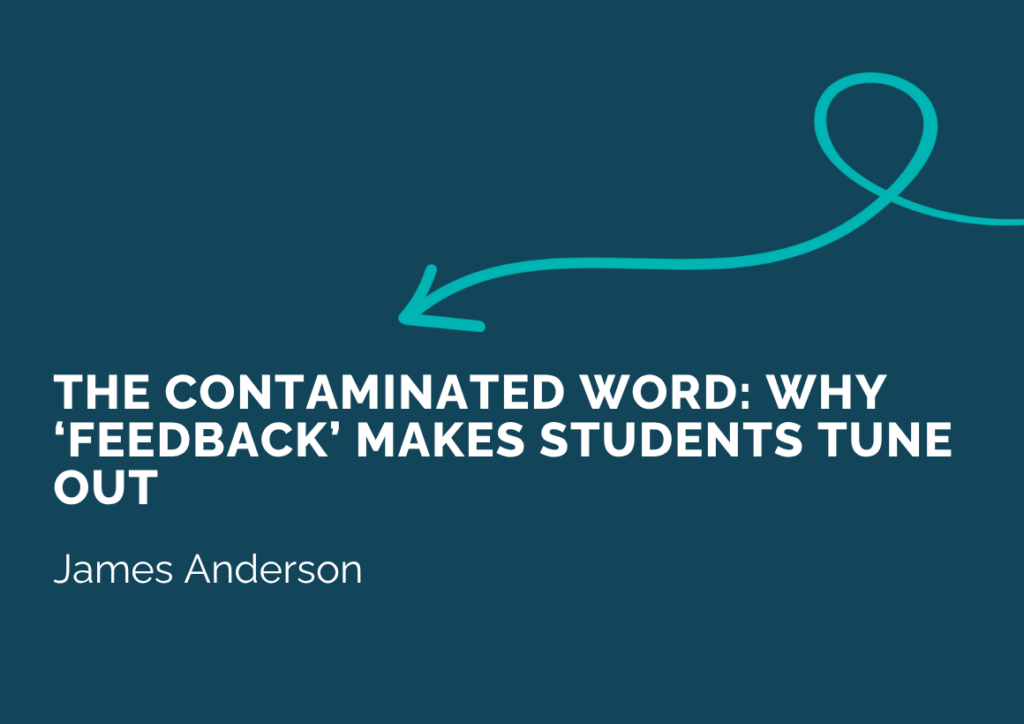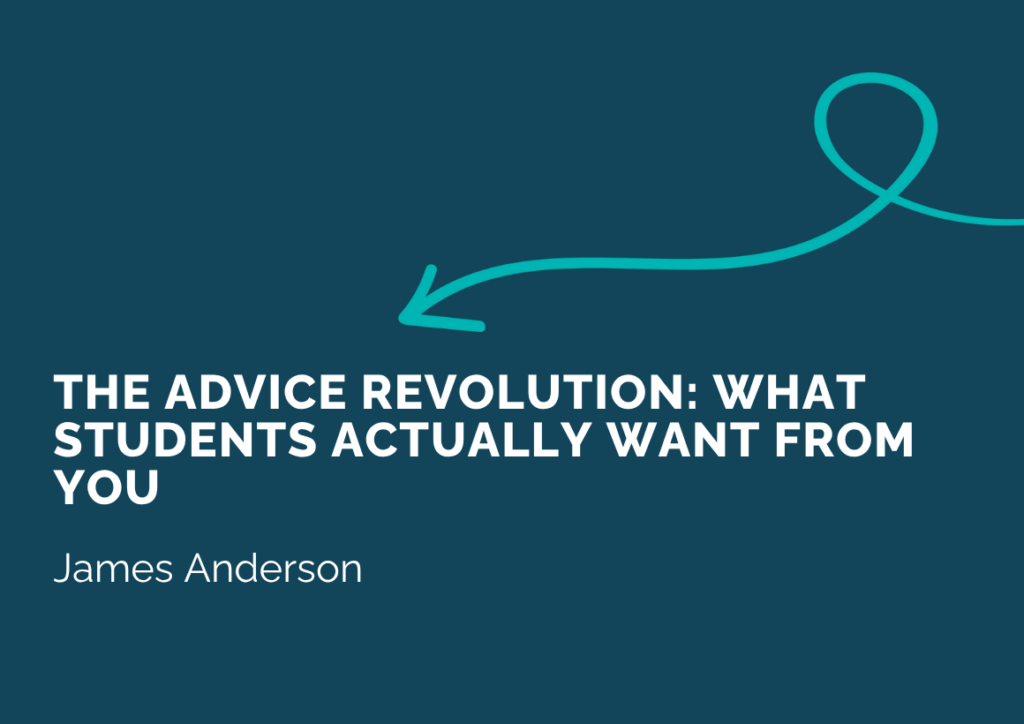You’ve been teaching paragraph structure and quote integration. Both are in your success criteria. You mark an essay focusing on paragraph structure—it needs work and you have expertise to share. But the student was fixated on integrating quotes—that’s where they felt stuck. Your careful feedback on paragraphs? Ignored. Not because it wasn’t needed, but because it wasn’t what the student was ready to hear.
This isn’t just inefficient. Every time this happens, students stay dependent. They never learn how to recognise their own learning needs—the foundation of learnership.
The Mismatch We Create
Think about your last set of marking. You’ve taught multiple skills—they all need development. Your feedback addresses one area, but the student’s mind is on another. Both are important. But feedback only works when it matches what the student is ready for.
You provide detailed advice about sentence structure—a genuine need. But they were wrestling with paragraph transitions—that’s where their attention was. Your expertise doesn’t land because it’s not aligned with their current struggle.
[Pull quote: “When feedback doesn’t match student focus, we miss the opportunity to develop them as learners.”]
When feedback doesn’t match student focus, we miss the opportunity to develop them as learners.
The solution isn’t marking less. It’s teaching students to tell you which of your teaching points they’re ready to work on.
The Advice Menu Solution
Here’s an amazingly simple yet powerful tool: the advice menu. Students select what they want advice on from options you provide.
Sample Advice Menu for Year 4 Writing:
- My story beginning
- My character descriptions
- Using interesting words
- Making sentences flow
- My punctuation
- My ending
Don’t require explanations yet. Students are just learning to recognise where they need help. They can’t generate their own questions, but they can choose from a list.
The menu serves two purposes: it tells you what students are ready to focus on, and it helps students see what aspects of their work they should be considering.
[Pull quote: “Recognition comes before articulation—first they choose, then they explain.”]
Recognition comes before articulation—first they choose, then they explain.
Why This Works
Students struggle to identify what they need help with. Without alternatives, they default to “Is this good?”
An advice menu changes the dynamic:
- Before: “Is my story good?” (waiting for your verdict)
- With menu: “I’ll choose character descriptions” (making active choices)
- Result: Your feedback lands because they chose the focus
Students move from passive recipients to active participants. They’re not generating questions yet—that’s advanced. But they’re choosing, and that choice creates ownership. This is the first step toward learnership—the expertise to recognise and act on your own learning needs.
[Pull quote: “The act of choosing—even from a list—begins the shift from passive to active.”]
The act of choosing—even from a list—begins the shift from passive to active.
Your Next Monday Morning
Create an advice menu for your next assignment:
- List 5-7 areas where students typically need help—aligned with your learning intentions
- Start simple—just have students choose, no explanations
- Model the process—show what choosing looks like
- Make it mandatory before accepting work
After 3-4 weeks, add stage two: require one-sentence explanations.
The next level? Having students co-create the menu with you. As they get better at recognising their needs, guide them to identify what aspects of their work need attention. But that’s for when they’re ready for even greater ownership.
At first, they’ll tick randomly. That’s fine. They’re learning they have choices. Soon they’ll recognise real struggles.
[Pull quote: “Stop being a feedback detective. Let students tell you where the learning gap is.”]
Stop being a feedback detective. Let students tell you where the learning gap is.
The Bigger Shift
This isn’t about efficiency—though you’ll save hours. It’s about developing students who can recognise their learning needs. Students who can identify where they need advice are students who actually use it.
When students stop asking “Is this good?” and start saying “I need help with character descriptions,” they stop being passengers. They start taking the wheel.
The point of advice menus isn’t to save you time—it’s to give students the skill that makes your advice worth your time.


